Fabric Trim for Curtains: Guide to Stylish Window Treatments
Curtains are more than just window coverings—they’re essential elements of interior design that enhance the mood, color scheme, and personality of a room. And while the choice of curtain fabric gets most of the attention, one design detail that often gets overlooked but can make a huge difference is the fabric trim.
Fabric trim for curtains is the finishing touch that adds depth, detail, and a custom look to drapery. Whether you’re creating a classic, elegant space or going for a bold, modern vibe, the right trim can transform plain curtains into a statement piece.
In this article, we’ll explore everything you need to know about fabric trim for curtains, including types, styles, applications, and design tips for incorporating them into your home.
What Is Fabric Trim?
Fabric trim, also known as decorative trim, is a narrow strip of material sewn onto curtains (or other soft furnishings) to enhance their visual appeal. Trims come in various forms and are made of different materials, such as cotton, polyester, silk, rayon, and blends. They are usually added along the edges, hems, or seams of curtains and can be subtle or dramatic depending on your style.
Benefits of Using Fabric Trim on Curtains
Adding fabric trim to curtains offers several advantages:
1. Visual Appeal
Fabric trim adds a polished, finished look. It can define the edges of the curtain or serve as an accent to match other décor in the room.
2. Customization
Trims allow you to customize your curtains to match your room’s theme. Even basic, budget-friendly curtains can look high-end with the right trim.
3. Color and Texture Contrast
Trim offers a great way to add contrast in color or texture, breaking up a monotone curtain or softening a bold fabric.
4. Design Continuity
Using the same trim style across curtains, pillows, and upholstery can unify the room’s décor.
Types of Fabric Trim for Curtains
There are many types of fabric trims, and choosing the right one depends on your curtain style, room design, and personal taste.
1. Tassel Trim
Tassel trim features small dangling tassels sewn along the edge. It gives a traditional, elegant, or bohemian touch depending on how it’s used.
Best for: Classic interiors, vintage styles, boho themes.
2. Pom-Pom Trim
This trim includes small fabric pom-poms and adds a playful, whimsical feel.
Best for: Kids’ rooms, eclectic designs, casual interiors.
3. Fringe Trim
Fringe trim has strands of threads hanging vertically from a woven band. It can be short and subtle or long and luxurious.
Best for: Glamorous spaces, art deco interiors, traditional rooms.
4. Gimp Trim
Gimp is a flat, narrow trim with decorative loops or curves, often used for a subtle yet refined finish.
Best for: Transitional or traditional settings.
5. Greek Key Trim
This is a geometric pattern trim that adds symmetry and a modern-classical vibe.
Best for: Contemporary, neoclassical, and upscale interiors.
6. Braid Trim
Braid trim has an interwoven design and is perfect for adding a textured border to your curtains.
Best for: Cottage style, French country, farmhouse interiors.
7. Beaded Trim
Beaded trim adds sparkle and glamour with decorative beads or sequins.
Best for: Glam, luxury, or festive decor themes.
How to Choose the Right Curtain Trim
Selecting the perfect trim for your curtains involves balancing form and function. Here’s what to consider:
1. Curtain Fabric Type
Heavy fabrics like velvet or jacquard pair well with heavier trims like fringe or braid. Lightweight curtains like linen or cotton work best with pom-pom or gimp trims.
2. Color Palette
Choose a trim that complements your curtain color. You can match for a subtle effect or contrast for a bold look. Metallic trims (gold, silver) add elegance, while bright trims pop in casual spaces.
3. Room Style
Match the trim style to the room’s overall decor. A minimalist room might benefit from clean gimp trim, while a baroque living room might call for luxurious tassels or fringe.
4. Placement
Decide where to add the trim—edges, hems, leading edge (vertical side facing into the room), or even as horizontal bands.
5. Budget
Trims vary in cost. Embellished or handwoven trims can be pricey. If you’re on a budget, use a minimal trim or only apply it to key areas like the leading edge.
Where to Apply Trim on Curtains
Here are some popular ways to use fabric trim:
1. Vertical Edges
Applying trim to the vertical sides of each curtain panel gives a tailored look and makes them appear taller and more elegant.
2. Bottom Hem
A horizontal trim across the bottom hem adds weight and helps the curtain fall more smoothly. It also adds interest without overwhelming the design.
3. Top Edge
Decorating the top can highlight curtain headings like grommets or pleats.
4. Inserts or Bands
Add trim as a band running across the curtain body, either centered or near the top/bottom thirds, to create visual layers.
DIY Tips for Adding Trim to Curtains
If you’re a DIY enthusiast, adding trim is a relatively easy project that doesn’t require full re-sewing.
Supplies Needed:
-
Curtain panels
-
Decorative trim
-
Fabric glue or a sewing machine
-
Measuring tape
-
Scissors
-
Pins or fabric clips
Step-by-Step Instructions:
-
Measure: Lay your curtains flat and decide where the trim will go.
-
Cut: Cut the trim to the correct length.
-
Attach: Use fabric glue for no-sew application or pin and sew using a straight stitch if machine-sewing.
-
Dry/Cure: Let the glue dry completely or iron the seam to flatten sewn trim.
-
Hang: Rehang your curtains and admire your new, custom design!
Curtain Trim Ideas for Different Rooms
1. Living Room
Choose elegant trims like Greek key or fringe to create a sophisticated ambiance. Use bold contrasts if the rest of the decor is neutral.
2. Bedroom
Use softer trims like braid or tassels for a cozy and romantic touch. Matching trims on curtains and pillows creates cohesion.
3. Kids’ Room
Add playful pom-pom or animal-themed trim in bright colors for a fun, child-friendly look.
4. Dining Room
Go formal with metallic or satin gimp trim, especially if you have an elegant chandelier or decorative molding.
5. Home Office
Keep it professional and subtle. Thin gimp or Greek key trim in a muted tone works best.
Maintenance and Care for Trimmed Curtains
Trims can be delicate, especially if they include beads or tassels, so care is important.
-
Dust regularly with a soft brush attachment on a vacuum.
-
Spot clean trims if they are stained—avoid soaking.
-
Dry cleaning is best for heavy fabrics or elaborate trims.
-
Avoid machine washing unless the curtain and trim are clearly labeled as washable.
Where to Buy Curtain Trim
Many online and physical retailers offer fabric trims in a wide variety of styles. Some popular options include:
-
Etsy – for unique or handmade trims
-
Joann Fabrics and Crafts – for affordable, accessible choices
-
Fabric.com – for a wide range of designer trims
-
Luxe Fabric Co. – for premium trims like Greek key and fretwork for elegant interior design projects
Conclusion
Fabric trim for curtains is the small detail that delivers big results. Whether you’re aiming to elevate your space or simply refresh your window treatments, trim adds personality, polish, and purpose.
From playful pom-poms to luxurious tassels and timeless Greek key patterns, there’s a trim to match every style and space. With a little creativity and a few basic tools, you can create custom curtains that look like they came straight out of a high-end designer showroom.
So go ahead—add that trim and turn your curtains into the true centerpiece of your room.


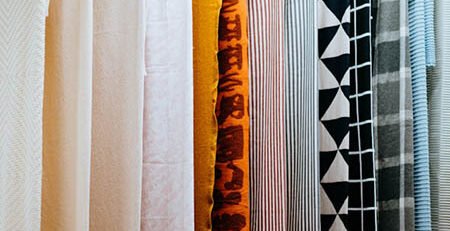
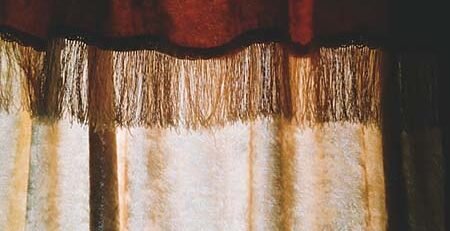

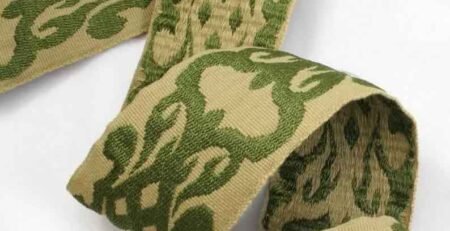
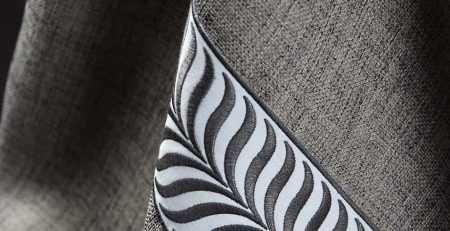
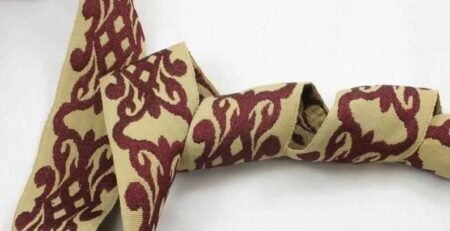




Leave a Reply
You must be logged in to post a comment.